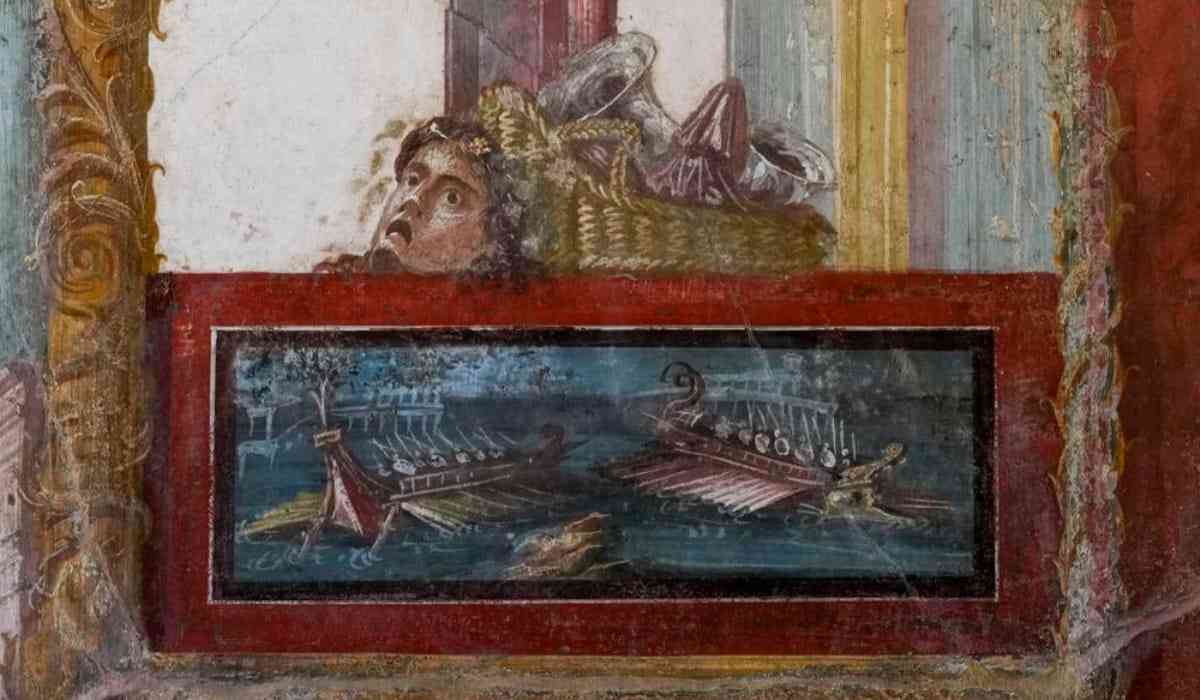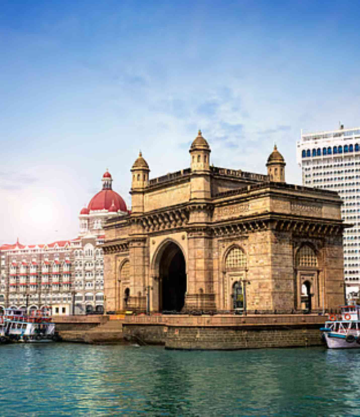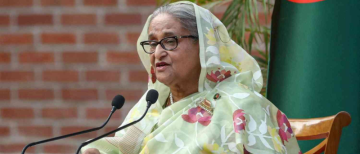A new initiative at the Pompeii archeological site is bringing back traditional textile dyeing methods to highlight a different aspect of daily life before to the city's destruction by a volcano in AD 79. The artwork was inspired by frescoes found within the archaeological site, which depict winged cupids collecting grapes for wine, dying fabric, and creating perfumes.
Gabriel Zuchtriegel, the director of the archeological site, described the pictures as "very close to the actual reality."Zuchtriegel enlisted the help of Claudio Cutuli, an Umbrian master dyer who created his plant-based dyes for his own clothing line, for the project.
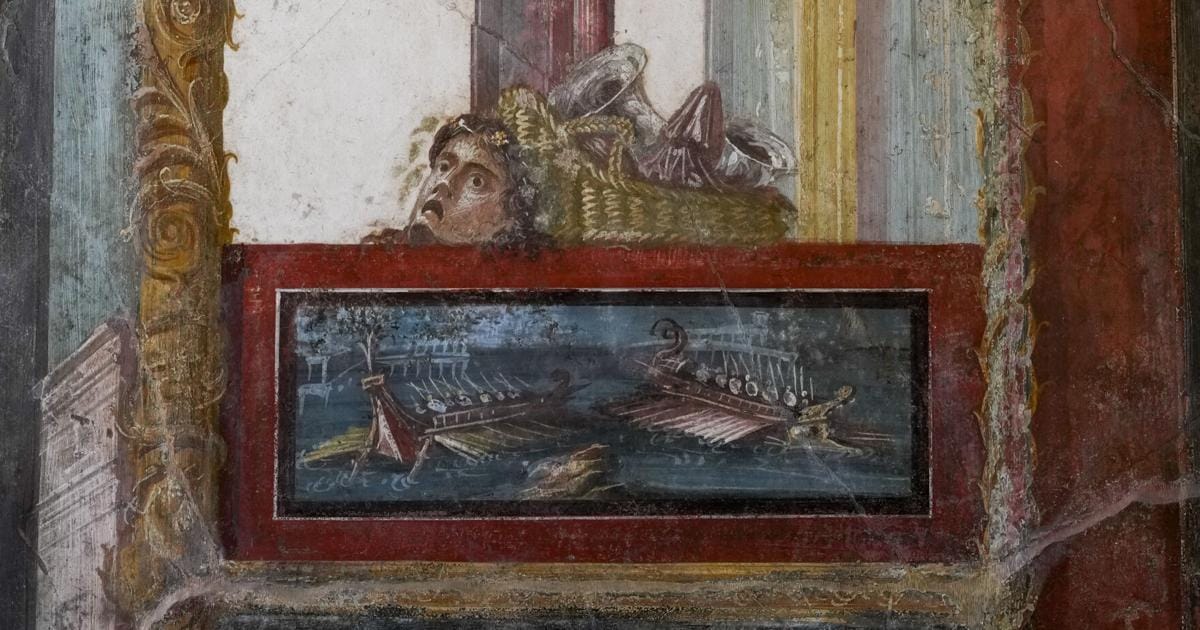
Cutuli makes the renowned Pompeiian red by using the root of "rubia tinctorum," or rose madder. He adds cardamom for the amber, yellow, and green tones, elderberries for the black and gray, and walnut husks for the brown. Cutuli is using the Pompeiian color scheme to dye scarves with images from the frescoes in the House of Vetti, including cupids. Like all of Pompeii, the wealthy residence was covered in ash.
Gardeners in the once-sprawling city have recently restored a nursery with plants that were used for dyeing before Pompeii was destroyed. Half of the profits from the sale of the scarves will go toward funding additional restoration efforts at the site.
According to garden historian Maurizio Bartolini, dyes were frequently made from roots, bark, and flowers. For instance, rosehip produced a delicate pink that he claimed was one of the most popular hues. Rich Pompeiians are depicted in frescoes at the archeological site, wearing vibrant costumes in shades of purple, green, pink, blue, and yellow. The dyed textiles were boiled in vats lined with metal to create the desired colors in workshops run by slaves who wore simple brown tunics in contrast.
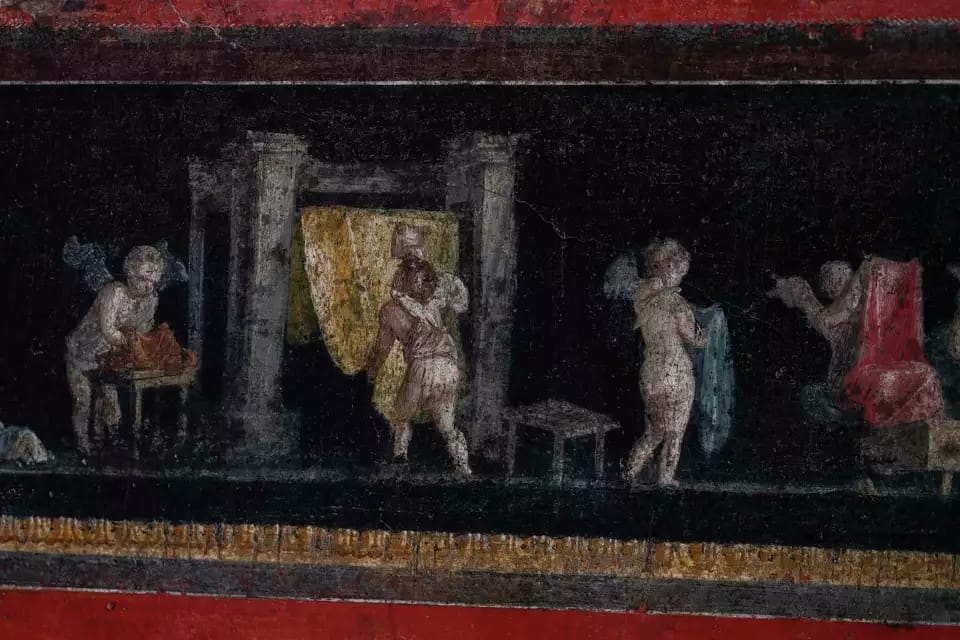
According to archeologist Sophie Hay, "the conditions for the slaves who worked here are quite unpleasant." "With the furnaces running, it would be hot, packed, and cacophonous as people barging in to check if their belongings are ready yet."
According to Zuchtriegel, there is still another option to revive Pompeii for contemporary tourists: textile dyeing. "It is a component of a scientific and cultural endeavor to raise consciousness that history encompasses more than just the grand monuments and exquisite paintings," he explained. "There is another history that encompasses the economy, everyday life, and the lives of the majority, which are frequently left out of the major narratives."
IMAGE SOURCE-X
©️ Copyright 2023. All Rights Reserved Powered by Vygr Media

